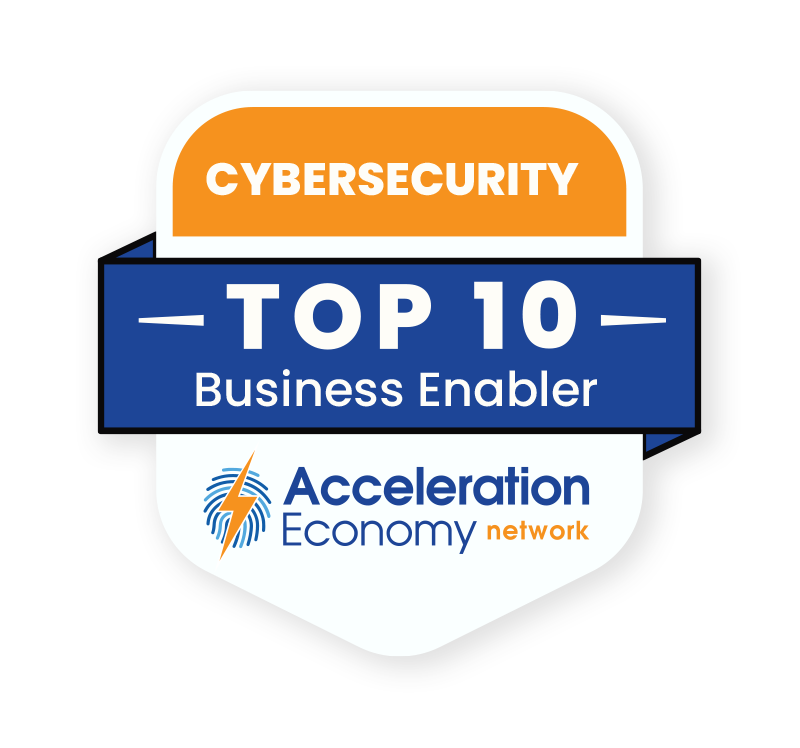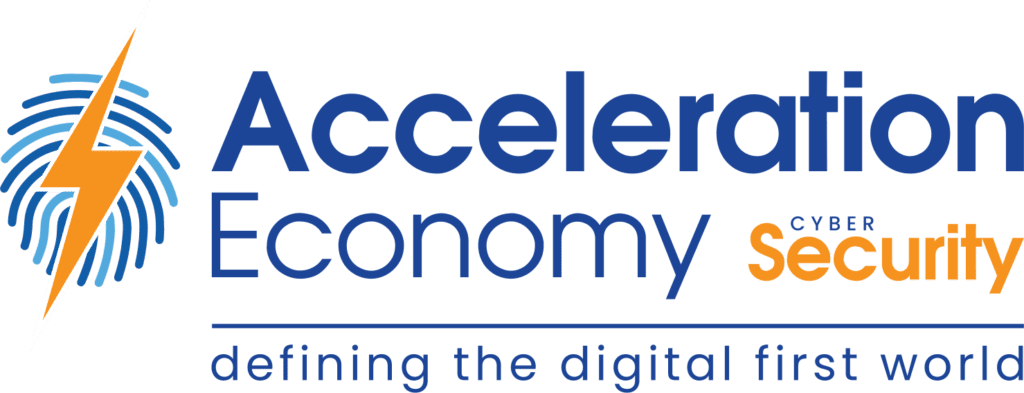As more backend operations teams look to scale and automate their efforts, financial automation, whether in terms of automating the sales and billing pipeline, expense and vendor management, or some other form, is an area where partnerships between chief information security officers (CISOs) and chief financial officers (CFOs) are crucial.
In this analysis, I’ll break down my advice, as a CISO, to my CFO peers on financial automation efforts. Integrating the requirements of both areas when it comes to financial automation will enable organizations to scale securely while addressing the demands of innovation.

Which companies are the most important vendors in cybersecurity? Check out
the Acceleration Economy Cybersecurity
Top 10 Shortlist.
Identify and Align the Goals for Automation Efforts
Before embarking on any automation project, it is essential to establish clear goals with measurable success criteria. For financial automation efforts, the CFO will likely be the primary voice in setting these goals. Example goals might center around enhancements such as increasing efficiency, reducing costs, enhancing accuracy, or improving overall financial management. As a CISO, you can assess each of these goals through a security lens. Here are some examples:
- Increasing efficiency: Is there a trade-off between speed and security that needs to be considered?
- Reducing costs: Are there any tools required to support the effort? Are security features costing us any extra?
- Enhancing accuracy: How much data do we need to collect, and does that increase our potential risk exposure as an organization?
The CFO and CISO should be partnered to define these goals. Alignment can be achieved through collaborating in joint planning sessions, reviewing each other’s requirements, or creating a matrixed team structure.
In addition, aligning on goals sets the stage for effective collaboration and decision-making throughout the project. In my last role, I collaborated with our financial team to streamline the procurement process for new technology and service suppliers. We sat down and established goals together, mapped out a process that would work for both of our teams, and collectively presented the process to other senior leaders.
Enumerate the Data That Is Going to be Needed
Understanding the data required for financial automation is necessary to ensure proper security measures. Therefore, the CFO and CISO should work together to identify the data types involved, such as personally identifiable information (PII), payment information, account details, and other sensitive financial data. This process should include scrutinizing whether or not data is needed, as more data can increase risk.
Having a breakdown of the data needed for a particular automation effort informs what protection strategies will be required. Of course, not all protection is created equal: Encryption, access control, data loss prevention, or recoverability may all apply or they may not. Again, what an organization needs depends on the data in question. PII, for example, might require more stringent encryption and access control, whereas account details may require more emphasis on integrity. The details depend on your environment and use cases. Some of the most typical security controls are likely going to orient around access to the data and the authentication mechanisms in place to access the resources. The enumeration process of data type, use case, and corresponding security needs will provide the necessary insights.
Identify Supporting Tools
The right tools can make or break the success of a financial automation project. Therefore, the CFO and CISO should collaborate to identify the best tools for the job, considering factors such as functionality, support integrations, ease of use, and security. Additionally, it is crucial to evaluate the vendor’s commitment to security and compliance with relevant regulations.
Finally, while going through this process, focus on more than the primary tools for the project but also on secondary systems in the data flow that might be involved from an integrations perspective. A poor tool selection could be the result of numerous things like bad contract terms, lack of integrations, gated features behind expensive subscription tiers, or overly complicated implementation work needed to make things work; so keep an eye out for these pitfalls and steer clear of them.
Conclusion
By collectively focusing and aligning on the goals, data, and tools, CFOs and CISOs can work together to enable business growth and effectively managing risk at the same time. These steps will also improve cross-team understanding of needs and goals, which will likely contribute to a trickle-down effect of the cybersecurity and finance teams collaborating more effectively as well. Both teams would do well to remember that a well-executed automation project delivers efficiency gains and ensures the protection of sensitive data and systems involved.
Want more cybersecurity insights? Visit the Cybersecurity channel:








